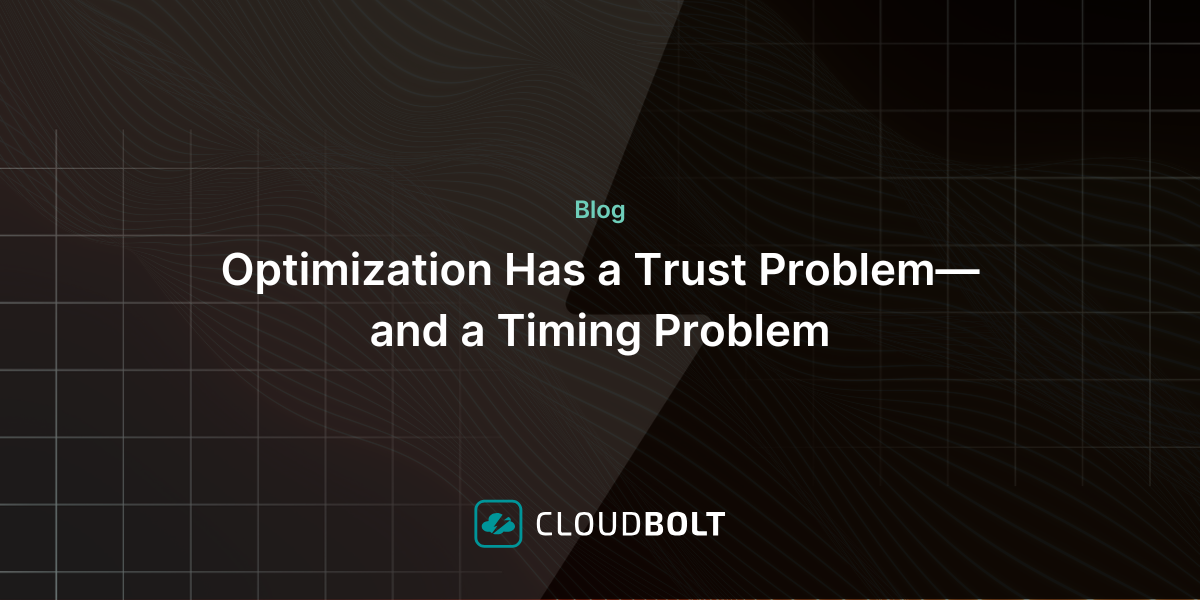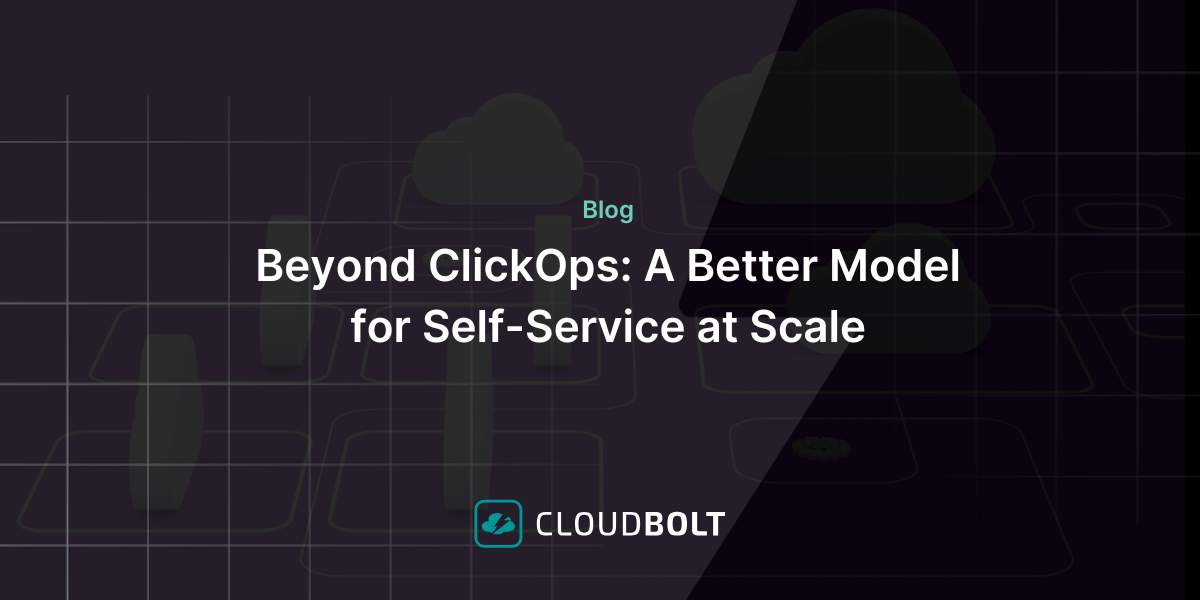Cloud Visibility: What It Is, Why It Matters, and How to Master It
As cloud computing becomes integral to modern business operations, organizations face significant challenges in managing and monitoring their cloud environments. According to Gartner, the sheer volume of spending—over $599 billion in 2023—combined with the complexity of cloud environments has escalated the need for better visibility. Moreover, the lack of cloud visibility has been linked to numerous high-profile security breaches, exposing businesses to vulnerabilities and compliance risks.
What is Cloud Visibility?
Cloud visibility refers to an organization’s ability to view its cloud infrastructure, usage, and spending comprehensively. This visibility typically involves tracking the utilization and performance of resources such as virtual machines, storage, databases, and networking components while analyzing spending patterns across services, projects, and departments to identify opportunities for cost optimization.
Cloud visibility is crucial for several reasons. IT teams can gain insights into resource utilization and application performance, security analysts can monitor potential threats, and finance teams can benefit from tracking and optimizing cloud spending. Cloud visibility bridges gaps between IT, security, and finance teams, ensuring cohesive and informed decision-making. This seamless integration enables businesses to align their technology investments with strategic goals.
Why is Cloud Visibility Hard to Achieve?
As cloud use cases evolve and software proliferates, gaining a holistic view of an organization’s entire cloud ecosystem becomes increasingly tricky. This complexity is exacerbated by sprawling cloud landscapes that generate a deluge of data in logs, metrics, and traces. Managing this data without the right tools can be overwhelming, obscuring potential security threats and performance issues.
Moreover, cloud environments are rarely uniform. Many organizations leverage a mix of public clouds (such as AWS, Google Cloud, or Microsoft Azure), private clouds, and on-premises data centers. This fragmented landscape is rugged to consolidate without a clear strategy, posing additional challenges for cloud and multi-cloud visibility.
Critical Areas of Cloud Visibility
Cloud Cost Visibility
Cloud cost visibility revolves around monitoring cloud computing expenses for more efficient resource allocation and cost optimization. This involves various cloud spending categories, such as resource usage, software licenses, data transfer fees, and SaaS procurement. However, tracking and understanding how these areas contribute to cloud spending is no easy feat. Common obstacles include:
- Shadow IT: Unauthorized and undetected software purchases and subscriptions can erode the budget.
- Redundant Subscriptions: Unused applications due to software upgrades that haven’t been canceled.
- Over-Provisioned Resources: Allocating more computing power, storage, or network resources than your workloads require.
- Lack of Automation: Wasting effort and resources on simple, repetitive tasks that could easily be automated.
- Hybrid and Multi-cloud Environments: More complex computing ecosystems are more challenging to track.
Overcoming these challenges allows organizations to leverage more cost-effective cloud networks while boosting the capacity for scaling and proactive cost optimization. Businesses must leverage cloud cost visibility tools like CloudBolt’s platform to implement cost-saving automation, optimize software procurement, gather real-time insights, and scan billing for redundant or shadow subscriptions.
Cloud Security Visibility
Cloud security visibility focuses on security posture management, with organizations monitoring their environments to ensure watertight safety and compliance. Important security areas include user activity, resource access, network traffic, shadow IT, malware identification, unauthorized access attempts, and more. Achieving complete cloud security visibility enables proactive threat detection and security issue remediation before any significant escalation. However, organizations can encounter several obstacles:
- Shared Responsibility Model: Cloud providers secure the underlying infrastructure, while organizations are responsible for ensuring their data and applications. This can pose unique configuration challenges.
- Multi-cloud and Hybrid Environments: The complex nature of modern deployments makes identifying security issues more difficult.
- Data Deluge: Extensive data capture and processing power is needed, making it difficult to manage and analyze without the right tools.
Cloud security tools, such as Security Information and Event Management (SIEM) software, can help navigate these pitfalls by collecting, analyzing, and correlating security data. Cloud Security Posture Management (CSPM) solutions provide real-time insights and recommendations to prevent potential cyberattacks. Organizations can also implement robust Identity and Access Management (IAM) practices to control access to cloud resources and invest in organization-wide security training.
Cloud Access Visibility
Cloud access visibility shifts focus to understanding and monitoring how users interact with cloud resources. Organizations must track user activity, access privileges, and permissions to visualize the overall access landscape. This visibility is vital for security and compliance concerns, as mistakes or rogue actors can lead to costly data breaches and lawsuits. Some of the main hurdles include:
- Consistent Onboarding and Offboarding: Large enterprises can handle thousands of user processes simultaneously, making tracking user access harder.
- Misconfiguration and Excessive User Access: Misconfigurations and overly privileged user access create security vulnerabilities.
- Shadow IT: User profiles slipping through the net pose visibility challenges.
Gathering insights into cloud access visibility is essential for enhanced security and cost optimization. By leveraging IAM solutions to centralize user provisioning, access control, and permission management, businesses can monitor user activity to identify suspicious behavior and implement strong password policies.
How to Improve Cloud Visibility: A Comprehensive Checklist
Enhancing cloud visibility is a continuous journey. Here’s a comprehensive checklist to help you enhance your cloud visibility:
1. Develop a Comprehensive Asset Inventory: Catalog all cloud resources, including virtual machines, databases, storage, and network components.
- Identify and list all assets.
- Document dependencies and interactions.
- Review inventory regularly to stay updated.
2. Continuous Monitoring and Reporting: Implement real-time monitoring tools for continuous insights into cloud resources.
- Set up alerts for critical metrics.
- Automate regular reporting.
- Analyze data to identify trends and issues.
3. Embrace Automation: Automation reduces human error and improves operational efficiency.
- Identify repetitive tasks for automation.
- Use automation tools to streamline processes.
- Regularly review automated workflows for optimization.
4. Adopt a Multi-layered Security Approach: Utilize advanced security tools and practices to safeguard data.
- Implement Zero Trust models.
- Regularly update security protocols.
- Conduct security audits and vulnerability assessments.
5. Integrate with Existing Systems: Align visibility tools with current infrastructure for seamless data flow.
- Evaluate existing systems and tools.
- Identify integration opportunities.
- Test and refine integration strategies.
6. Conduct Continuous Risk Analysis: Proactively manage risks with automated analysis solutions.
- Set up risk assessment tools.
- Regularly review risk reports.
- Implement mitigation strategies for identified vulnerabilities.
7. Implement Data and Network Segmentation: Segmentation enhances security and optimizes resource allocation.
- Define segmentation criteria.
- Implement data and network isolation.
- Monitor segmented environments for compliance.
8. Leverage Cloud Orchestration Tools: Use orchestration tools to optimize cloud operations.
- Evaluate orchestration tools like Kubernetes.
- Implement templates for consistent deployments.
- Monitor orchestration impact on resource usage.
9. Encourage Cross-functional Collaboration: Align IT, finance, and operations teams for cohesive visibility efforts.
- Foster open communication channels.
- Align visibility goals with business objectives.
- Conduct regular cross-functional meetings.
10. Regularly Review and Update Strategies: Adapt visibility strategies to align with changing environments and technologies.
- Schedule regular strategy reviews.
- Incorporate feedback from stakeholders.
- Update plans to reflect current trends and needs.
Implementing these strategies can give you greater control over your cloud environments, improve efficiency, and drive business success.
Types of Cloud Visibility Tools
There are several types of cloud visibility tools, each offering unique features and benefits:
1. General-purpose Cloud Visibility Tools
These tools, such as AWS CloudWatch and Google Cloud’s operations suite, provide a high-level overview of cloud environments. They track data from infrastructure, data centers, and SaaS resources, offering a starting point for building complex visibility solutions. However, these tools often lack detailed context for specific issues and typically work only within a single cloud provider.
2. Use Case-specific Visibility Tools
These tools focus on specific areas, providing more detailed insights:
- Multi-cloud and Hybrid Cloud Visibility: Tools that offer insights across multiple cloud environments, support hybrid and multi-cloud architectures, and provide a unified view of an organization’s entire IT estate.
- Network Monitoring and Observability: Tools designed to collect and correlate data from cloud networks, helping to manage traffic between clouds and identify network issues.
- Security Monitoring: SIEM and SOAR tools track security risks and ensure compliance, offering real-time insights into cloud security posture.
- Cost Optimization Platforms: Platforms that enhance cloud cost visibility, providing granular insights into spending patterns and offering automation for cost-saving measures.
3. Customizable Tools
These tools allow organizations to tailor their functionality based on specific needs, such as integrating with on-premises systems or focusing on particular cloud providers. Customizable tools offer tailored solutions and flexible integration, which can be beneficial but may incur higher costs and complexity in customization.
The right toolset is critical for achieving the visibility required to support informed decision-making. The right tools empower organizations to align technical operations with financial goals, optimizing cloud investments.
Conclusion
Cloud visibility is critical for modern organizations seeking to optimize their cloud environments. CloudBolt’s financial management platform not only enhances visibility across your cloud assets but also integrates cost management, automation, and orchestration tools, making it easier for your teams to manage and optimize cloud spending successfully. Contact us today to learn how CloudBolt can help you streamline your cloud operations and drive greater efficiency.
Frequently Asked Questions (FAQ)
What is the cloud visibility scale?
The cloud visibility scale typically refers to a framework or set of metrics used to assess the visibility of cloud environments. It encompasses various dimensions, such as the extent of monitoring, the clarity of data on resource utilization, and the effectiveness of security measures. This scale helps organizations determine how well they can observe and manage their cloud infrastructure, ensuring optimal performance, cost management, and security.
What is code-to-cloud visibility?
Code-to-cloud visibility refers to the ability to trace and monitor the code journey from development through deployment into the cloud environment. This visibility ensures that organizations can track how code changes impact cloud resources, performance, and security. It plays a crucial role in DevOps and continuous integration/continuous deployment (CI/CD) processes, enabling teams to detect issues early and optimize resource usage throughout the entire software development lifecycle.
What type of cloud reduces visibility?
Cloud deployment models, particularly public clouds, can reduce visibility due to the shared infrastructure and lack of control over underlying hardware and networks. In contrast, private or hybrid clouds, where organizations maintain more control, can offer greater visibility. Additionally, multi-cloud environments can complicate visibility due to the fragmented nature of managing multiple providers. Tools like CloudBolt can help mitigate these challenges by providing integrated visibility across various cloud types.
Related Blogs

Optimization Has a Trust Problem — and a Timing Problem
Most teams will tell you they’re doing continuous optimization. Their dashboards are full, their alerts are wired, and somewhere there’s…

